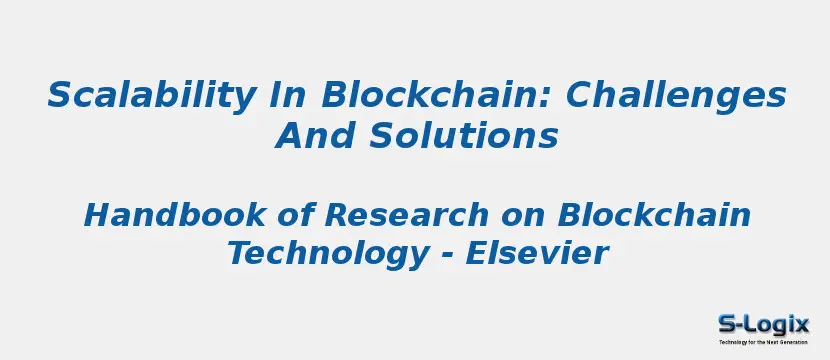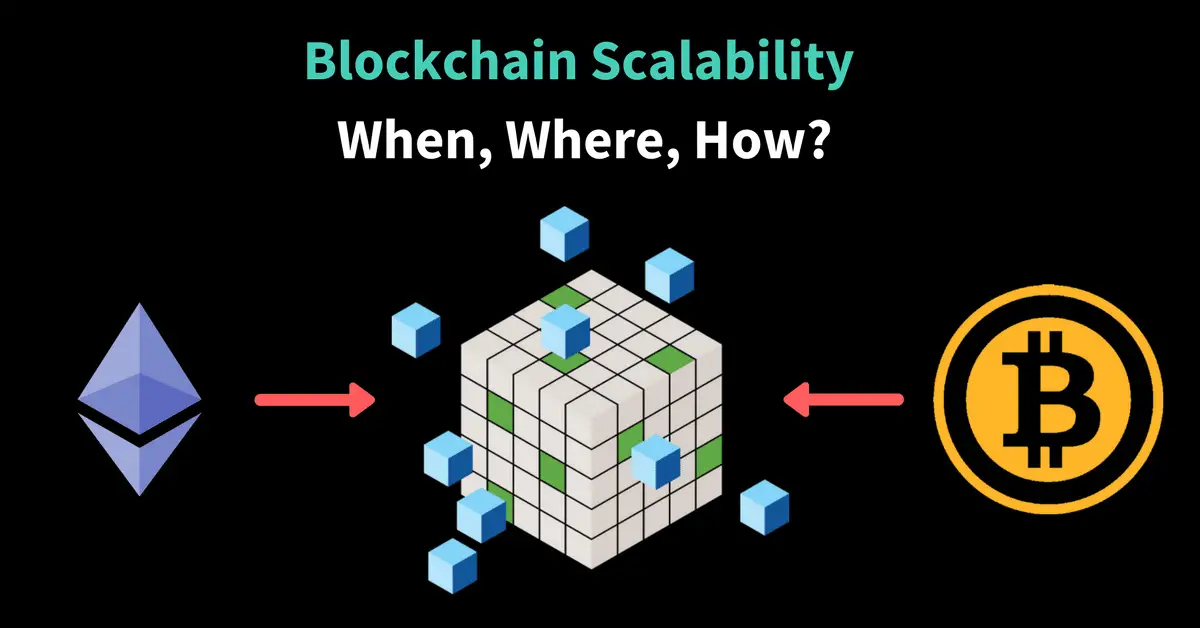The Challenges of Blockchain Scalability and Solutions

The original vision for blockchain technology was a decentralized, peer-to-peer network that could revolutionize the way we exchange value and information. However, as blockchain projects have grown in popularity, the underlying infrastructure has struggled to keep pace. One of the most pressing challenges facing blockchain technology today is scalability, or the ability to process a large number of transactions in a timely manner.

There are several factors that contribute to the scalability challenge. First, blockchain networks are typically built on a consensus mechanism, such as Proof-of-Work or Proof-of-Stake. These consensus mechanisms require a significant amount of computational power, which can slow down the processing of transactions. Second, blockchain networks are often decentralized, meaning that there is no central authority to manage the flow of transactions. This can lead to congestion during peak usage times.

The scalability challenge is a major obstacle to the adoption of blockchain technology. Without the ability to process a large number of transactions in a timely manner, blockchain networks will not be able to compete with traditional centralized systems.
There are a number of potential solutions to the scalability challenge. One approach is to use a sharding mechanism, which divides the network into smaller partitions. Each partition is responsible for processing a subset of the transactions, which can improve the overall throughput of the network. Another approach is to use a layer-2 solution, which builds on top of the existing blockchain network to provide additional scalability. Layer-2 solutions can include payment channels, state channels, and sidechains.
The scalability challenge is a complex issue that requires a combination of technical and architectural solutions. However, with the rapid development of new technologies, it is likely that scalable blockchain solutions will emerge in the near future.## [The Challenges Of Blockchain Scalability And Solutions]
Executive Summary
Blockchain technology has emerged as a revolutionary force in various sectors, offering enhanced security, transparency, and immutability. However, as blockchains gain widespread adoption, they face a significant challenge: scalability. This article delves into the complexities of blockchain scalability, exploring the core issues, their implications, and potential solutions. By addressing scalability concerns, blockchains can unlock their full potential and empower decentralized applications to thrive in the digital realm.
Introduction
Blockchain technology relies on a distributed ledger that records transactions in chronological order. Each block in the chain contains a set of transactions, and once added to the blockchain, it becomes immutable. However, as the number of transactions on a blockchain increases, so does the size of the ledger. This can lead to slower transaction processing times, higher transaction fees, and reduced network efficiency.
Key Challenges of Blockchain Scalability
1. Transaction Throughput
- Definition: The number of transactions a blockchain can process per second.
- Significance: Low throughput can lead to transaction backlogs, delays, and increased costs.
- Challenges: Current blockchains have limited block sizes and validation times.
2. Data Storage
- Definition: The amount of data that a blockchain network must store.
- Significance: As the blockchain grows, storing all transactions on every node can become cumbersome and expensive.
- Challenges: Full node storage requirements can be prohibitive for resource-constrained devices.
3. Network Latency
- Definition: The time it takes for a transaction to propagate through the network.
- Significance: High latency can make real-time applications impractical on blockchains.
- Challenges: Consensus mechanisms and network congestion can introduce delays.
4. Security and Decentralization
- Definition: The ability of a blockchain to maintain its security and resistance to censorship.
- Significance: Scaling solutions should not compromise the core principles of blockchain technology.
- Challenges: Maintaining decentralization and security while increasing throughput can be difficult.
5. Energy Consumption
- Definition: The amount of energy required to validate and add a block to a blockchain.
- Significance: High energy consumption can raise environmental concerns and limit blockchain adoption.
- Challenges: Proof-of-Work consensus mechanisms consume significant energy resources.
Solutions to Blockchain Scalability
1. Layer-1 Scaling
- Definition: Modifications made directly to the blockchain’s underlying protocol.
- Solutions: Block size increases, sharding, and parallelization.
- Implications: Increased throughput but may compromise security and decentralization.
2. Layer-2 Scaling
- Definition: Off-chain solutions that process transactions outside the main blockchain.
- Solutions: State channels, plasma, and sidechains.
- Implications: Improved scalability and performance while maintaining security.
3. BlockDAGs
- Definition: Alternative data structures that replace the block-chain with a more efficient structure.
- Solutions: Directed Acyclic Graphs (DAGs)
- Implications: Increased throughput and reduced latency, but may require new consensus mechanisms.
4. Hybrid Approaches
- Definition: Combinations of layer-1 and layer-2 solutions.
- Solutions: Hybrid consensus mechanisms, sharding with state channels, and sidechains with DAGs.
- Implications: Customizable and flexible solutions that address specific scalability requirements.
5. Cross-Chain Interoperability
- Definition: The ability for different blockchains to communicate and transfer assets.
- Solutions: Interoperability protocols, cross-chain bridges, and atomic swaps.
- Implications: Enables the distribution of workloads across different blockchains and facilitates blockchain ecosystems.
Conclusion
Blockchain scalability is a critical challenge that must be addressed to unlock the full potential of decentralized technologies. By exploring the nature of these challenges and examining potential solutions, we can pave the way for the widespread adoption of blockchain applications and the realization of a truly decentralized future. As research and development continue, innovative approaches will emerge, enabling blockchains to scale to meet the demands of a rapidly evolving digital landscape.
Keyword Tags
- Blockchain
- Scalability
- Layer-1
- Layer-2
- Interoperability
FAQs
1. What is the main challenge of blockchain scalability?
Transaction throughput is the primary challenge, as current blockchains cannot handle a large number of transactions per second.
2. How do layer-2 scaling solutions address scalability?
Layer-2 solutions process transactions off-chain, reducing the load on the main blockchain and improving throughput.
3. What is the difference between a blockDAG and a blockchain?
A blockDAG replaces the block-chain structure with a more efficient Directed Acyclic Graph (DAG), leading to increased throughput and reduced latency.
4. How can hybrid approaches contribute to blockchain scalability?
Hybrid approaches combine layer-1 and layer-2 solutions, allowing for customized and flexible optimizations based on specific requirements.
5. Why is cross-chain interoperability important for blockchain scalability?
Interoperability enables the distribution of workloads across multiple blockchains, expanding the overall scalability of the ecosystem.
